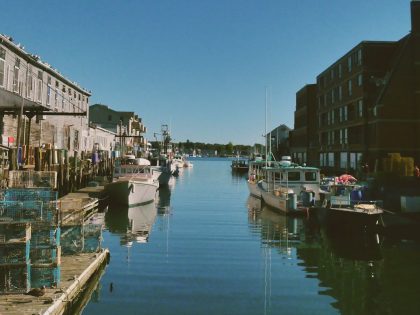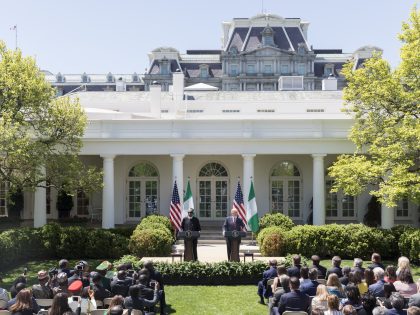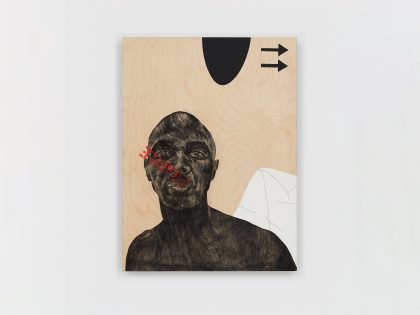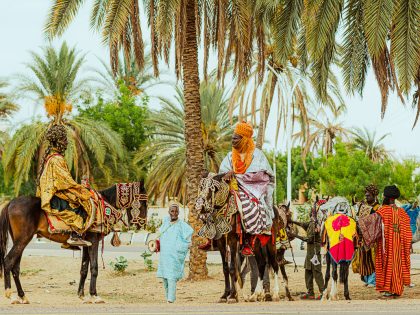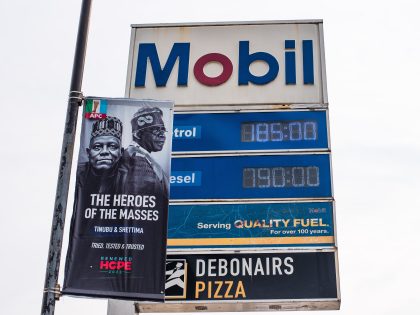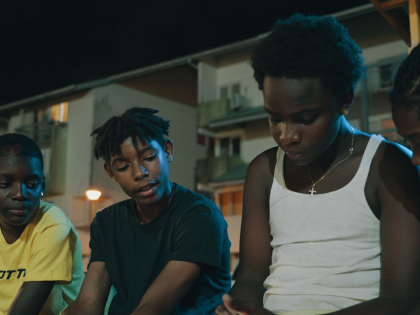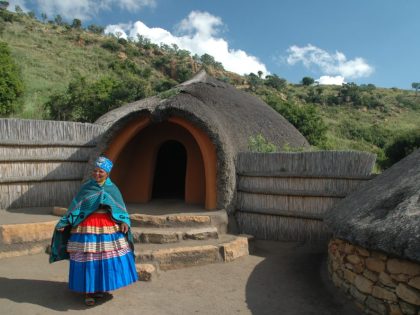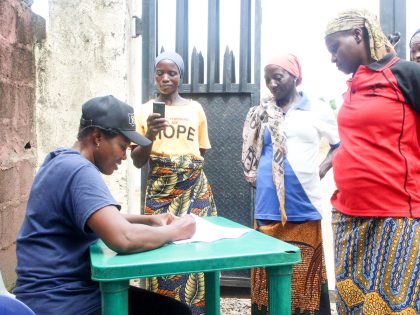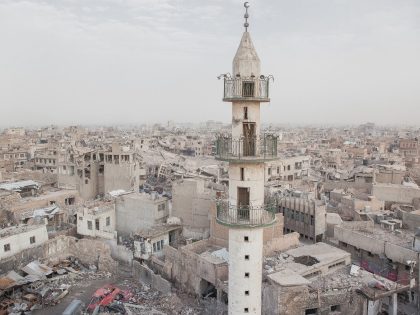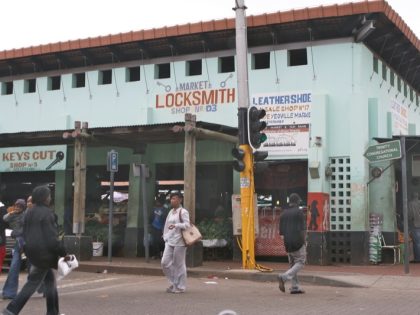Hip Hop is a Database
[vodpod id=Video.5574372&w=500&h=411&fv=]
…The Hip-Hop Word Count is a searchable ethnographic database built from the lyrics of over 40,000 Hip-Hop songs from 1979 to present day. The Hip-Hop Word Count describes the technical details of most of your favorite hip-hop songs. This data can then be used to not only figure out interesting stats about the songs themselves, but also describe the culture behind the music. How can analyzing lyrics teach us about our culture? The Hip-Hop Word Count locks in a time and geographic location for every metaphor, simile, cultural reference, phrase, rhyme style, meme and socio-political idea used in the corpus of Hip-Hop. The Hip-Hop Word Count then converts this data into explorable visualisations which help us to comprehend this vast set of cultural data. This data is being used to chart the migration of ideas and to map a geography of language.



